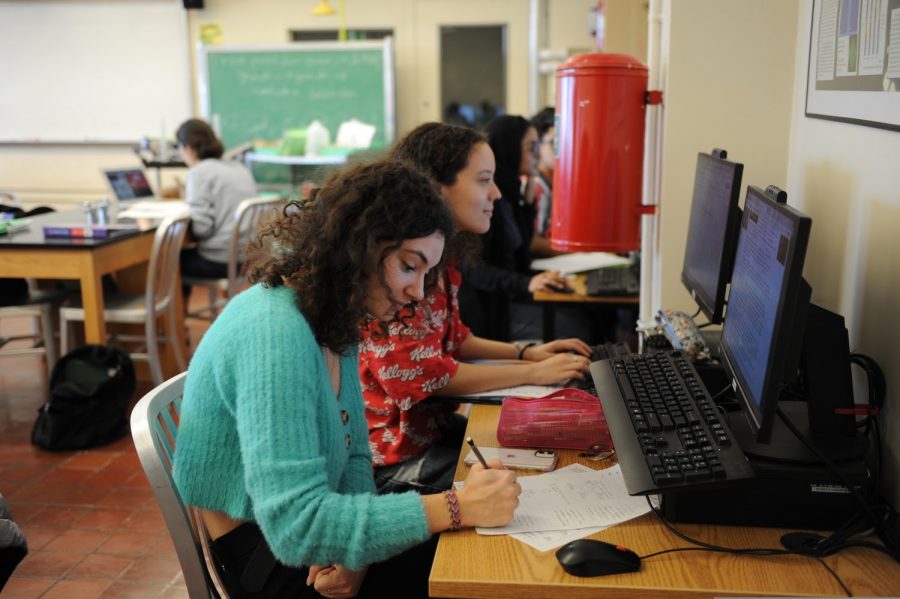On the Bright Side: Energy Use is In Decline Due to Coronavirus Pandemic
Schools, such as Bronx Science, closing due to the Coronavirus pandemic, contribute to reduced demand for electricity. For example, hundreds of computers at Bronx Science that are currently turned off, have not been used in months, and help to contribute to a decrease in energy consumption nationwide.
On the ‘bright side’ of things, over the past few months, the world has made great progress on a pressing issue, even amidst the Coronavirus pandemic. However, this good news is not predicted to last long.
By April 2020, energy use in countries that have administered strict lockdowns due to the Coronavirus pandemic dropped by 17% to 25%. Greenhouse gas emissions in the U.S. are predicted to fall by 8% in 2020. Even with countries relaxing quarantine restrictions, global carbon dioxide emissions are expected to drop by 2.6 billion tons. All of this data suggests that the global emissions will be the same as they were in 2010, making this decline larger than it was during the Great Depression, the financial crisis in 2009, and post World War II.
COVID-19 has caused many countries to close down their factories, and to encourage people to limit flying on airplanes and using automobiles. In the first quarter of this year, global transportation was down by around 50%. Considering how much pollution that transportation causes, this is a straightforward cause of the drop in emissions. However, history has shown that it is more than likely that emissions will rise again once economic activity starts resumes after the lockdown, based on what happened in 2010 after the financial crisis. Back then, countries were investing heavily in coal in order to get out of the recession.
With China closing down at the beginning of the pandemic, their coal plants closed as well. Without the main coal user, global coal use fell by 8%. Even with China relaxing its quarantine, many countries in the world are looking at renewable energy as a cost-effective alternative to coal. Businesses prefer solar and wind energy. Although their profit decreases significantly using these reusable energy resources, they might still be able to operate at full capacity with these cheaper renewable energy options.
“It is very unlikely these rates will continue to decrease after the Coronavirus pandemic. Businesses and factories will start to open using the same resources, increasing the emissions once again. Some businesses may start to turn to renewable energy, but the difference is minimal, unless businesses start to collectively use renewable energy rather than coal,” said Christy Tai ’20. Learning from historical trends and the price of renewable energy, experts suggest that it is crucial for countries to invest in renewable energy instead of coal when recovering from the Coronavirus pandemic.
It is important to note that this decline is not completely worthy of celebrating. COVID-19 is a massive issue that has devastating effects everywhere around the world. Looking at the clear sky and smelling the clean air, scientists hope that people will notice the benefits of using renewable energy and be inspired to continue to use it after the lockdown.
“It is very unlikely these rates will continue to decrease after the Coronavirus pandemic,” said Christy Tai ’20.
Caroline Wang is the People Section Editor for ‘The Observatory’ and a Staff Reporter for ‘The Science Survey.’ She enjoys journalistic writing...
Raitah Jinnat is a Copy Chief for ‘The Science Survey.' To Raitah, journalism is a tool for amplifying underrepresented voices and narrating stories...

